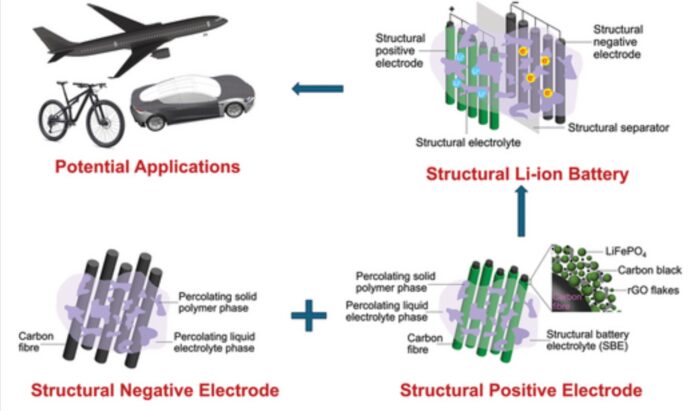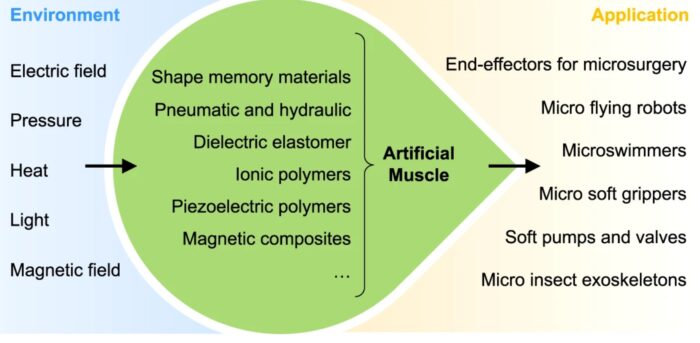Sep 19 2024
Subjective Neurological Experience
 On the SGU we recently talked about aphantasia, the condition in which some people have a decreased or entirely absent ability to imagine things. The term was coined recently, in 2015, by neurologist Adam Zeman, who described the condition of “congenital aphantasia,” that he described as being with mental imagery. After we discussed in on the show we received numerous e-mails from people with the condition, many of which were unaware that they were different from most other people. Here is one recent example:
On the SGU we recently talked about aphantasia, the condition in which some people have a decreased or entirely absent ability to imagine things. The term was coined recently, in 2015, by neurologist Adam Zeman, who described the condition of “congenital aphantasia,” that he described as being with mental imagery. After we discussed in on the show we received numerous e-mails from people with the condition, many of which were unaware that they were different from most other people. Here is one recent example:
“Your segment on aphantasia really struck a chord with me. At 49, I discovered that I have total multisensory aphantasia and Severely Deficient Autobiographical Memory (SDAM). It’s been a fascinating and eye-opening experience delving into the unique way my brain processes information.
Since making this discovery, I’ve been on a wild ride of self-exploration, and it’s been incredible. I’ve had conversations with artists, musicians, educators, and many others about how my experience differs from theirs, and it has been so enlightening.
I’ve learned to appreciate living in the moment because that’s where I thrive. It’s been a life-changing journey, and I’m incredibly grateful for the impact you’ve had on me.”
Perhaps more interesting than the condition itself, and what I want to talk about today, is that the e-mailer was entirely unaware that most of the rest of humanity have a very different experience of their own existence. This makes sense when you think about it – how would they know? How can you know the subjective experience happening inside one’s brain? We tend to assume that other people’s brains function similar to our own, and therefore their experience must be similar. This is partly a reasonable assumption, and partly projection. We do this psychologically as well. When we speculate about other people’s motivations, we generally are just projecting our own motivations onto them.
Projecting our neurological experience, however, is a little different. What the aphantasia experience demonstrates is a couple of things, beginning with the fact that whatever is normal for you is normal. We don’t know, for example, if we have a deficit because we cannot detect what is missing. We can only really know by sharing other people’s experiences.

 In my book, which I will now shamelessly promote –
In my book, which I will now shamelessly promote –  Last month my flight home from Chicago was canceled because of an intense rainstorm. In CT the storm was intense enough to cause flash flooding, which washed out roads and bridges and shut down traffic in many areas. The epicenter of the rainfall
Last month my flight home from Chicago was canceled because of an intense rainstorm. In CT the storm was intense enough to cause flash flooding, which washed out roads and bridges and shut down traffic in many areas. The epicenter of the rainfall  I have written previously about the concept of structural batteries, such as this
I have written previously about the concept of structural batteries, such as this  By now we have all seen the impressive robot videos, such as the
By now we have all seen the impressive robot videos, such as the  Humans identify and call each other by specific names. So far this advanced cognitive behavior has only been identified in a few other species, dolphins, elephants, and some parrots. Interestingly, it has never been documented in our closest relatives, non-human primates – that is, until now.
Humans identify and call each other by specific names. So far this advanced cognitive behavior has only been identified in a few other species, dolphins, elephants, and some parrots. Interestingly, it has never been documented in our closest relatives, non-human primates – that is, until now.  I am a lifelong dog owner, and like many dog owners am often impressed with how smart my dogs have been. They pick up on subtle body language and non-verbal cues, they seem to understand specific words, and they are capable of successfully communicating their wants and desires. My latest dog is an Australian shepherd, who is both smart and willful. Any attempt at training him to do what we want results in him equally training us to do what he wants. An of course we love them and the emotional connection is real and bidirectional. Dogs and humans have evolved a symbiotic relationship.
I am a lifelong dog owner, and like many dog owners am often impressed with how smart my dogs have been. They pick up on subtle body language and non-verbal cues, they seem to understand specific words, and they are capable of successfully communicating their wants and desires. My latest dog is an Australian shepherd, who is both smart and willful. Any attempt at training him to do what we want results in him equally training us to do what he wants. An of course we love them and the emotional connection is real and bidirectional. Dogs and humans have evolved a symbiotic relationship. Gotta love the title of this paper: “
Gotta love the title of this paper: “ Superconductivity is an extremely interesting, and potentially extremely useful, physical phenomenon. It refers to a state in which current flows through a material without resistance, and therefore without any loss of energy or waste heat. As our civilization is increasingly run by electronic devices, the potential benefit is huge.
Superconductivity is an extremely interesting, and potentially extremely useful, physical phenomenon. It refers to a state in which current flows through a material without resistance, and therefore without any loss of energy or waste heat. As our civilization is increasingly run by electronic devices, the potential benefit is huge.




